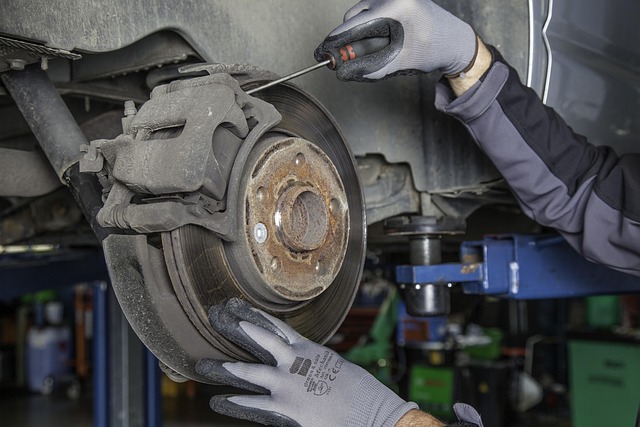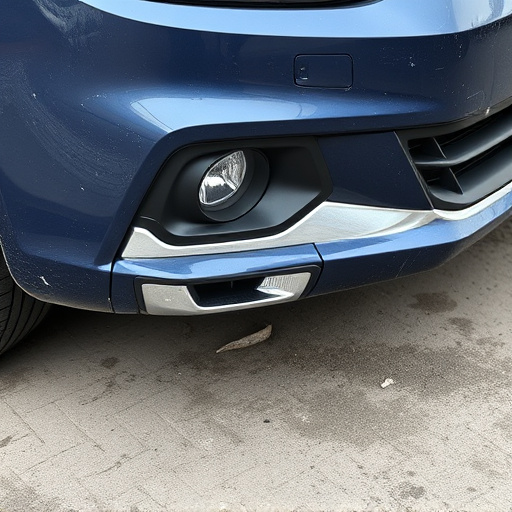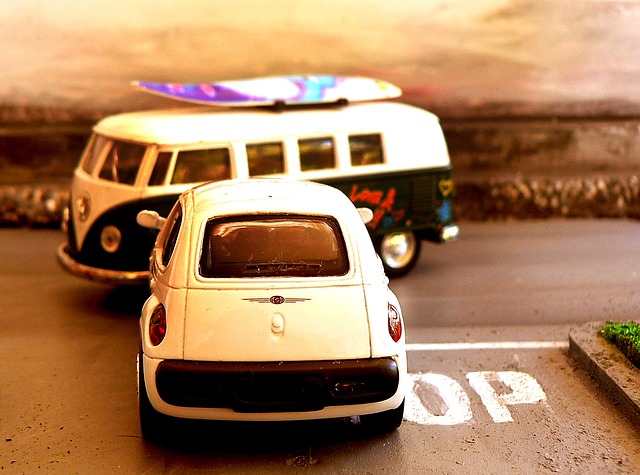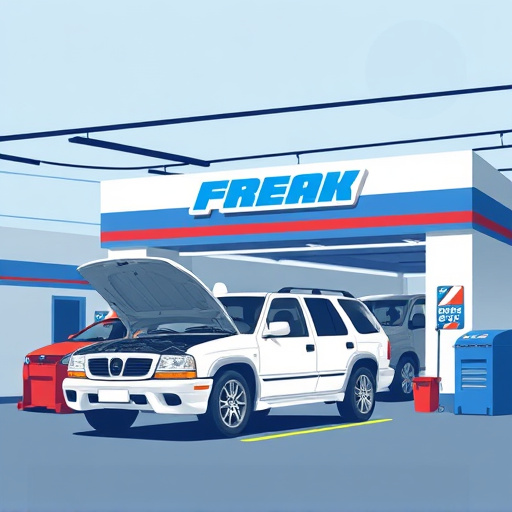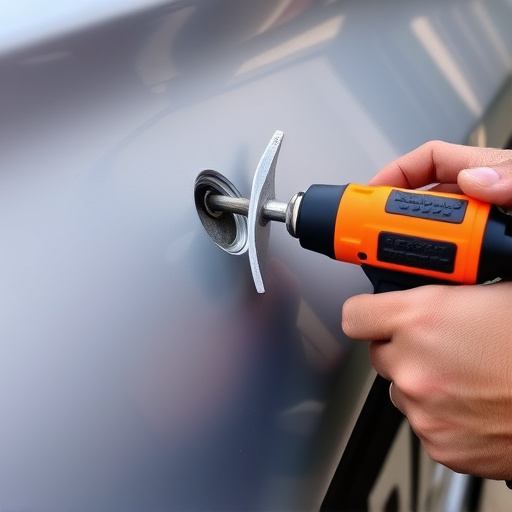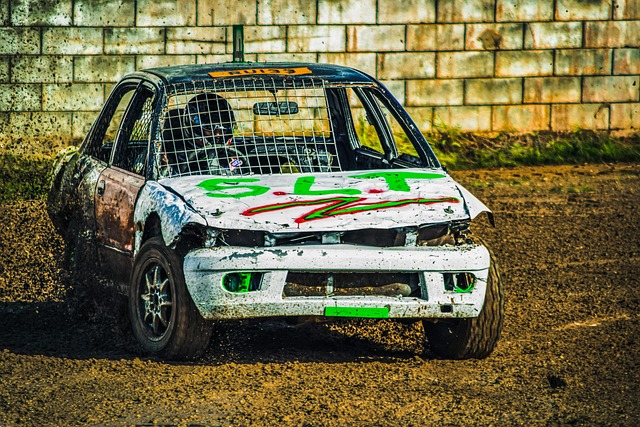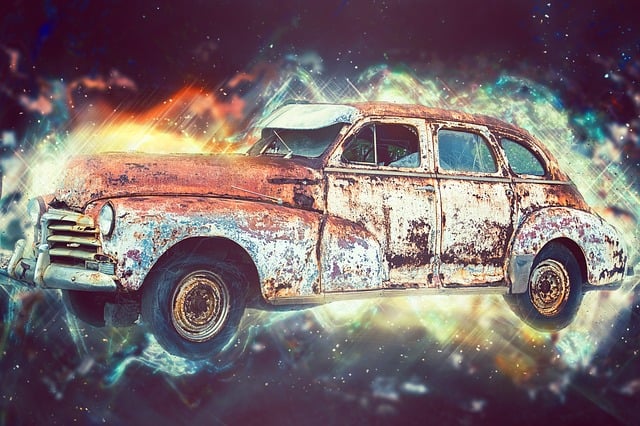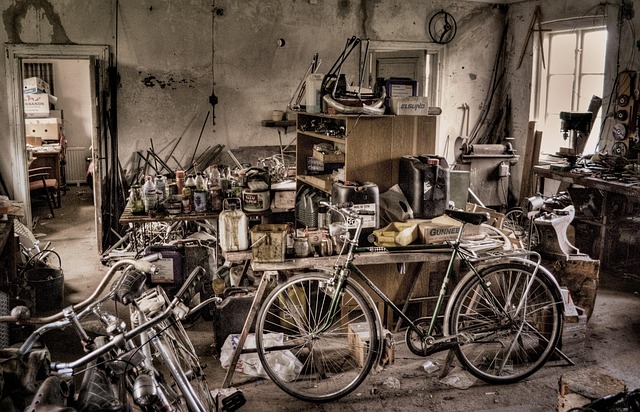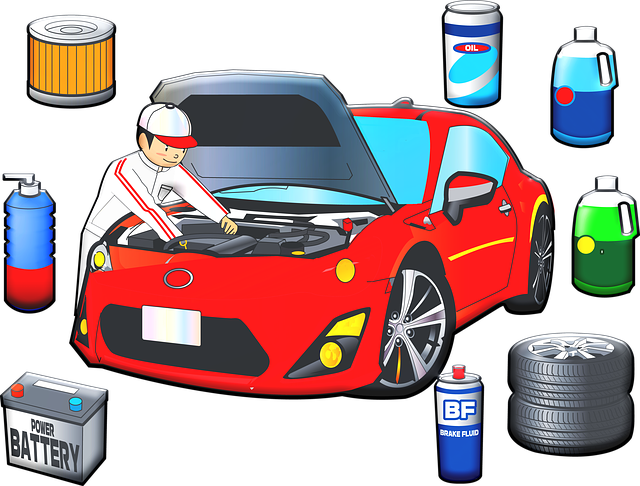Vehicle color matching requires understanding complex paint compositions, industry standards, and human color perception. Technicians analyze pigments and dyes, follow standardized guidelines from automotive manufacturers and third-party organizations, and utilize color theory to achieve precise color replication. Adhering to these standards, especially in Mercedes-Benz dent repair, ensures minimal disruption to the vehicle's aesthetic appeal, preserving its original look and value through flawless color consistency.
In the realm of automotive aesthetics, precise vehicle color matching is paramount for ensuring a flawless finish. This article delves into the best practices for efficient work in this domain, guiding professionals through the intricate process. We explore the science behind vehicle color perception, highlighting the critical role of understanding color spectra and adhering to standards. By examining color matching methodologies, setting up streamlined workflows, and employing optimization techniques, you’ll gain insights to achieve consistent, high-quality results in every project, elevating your craftsmanship.
- Understanding Vehicle Color Spectra and Standards
- – The science behind vehicle color perception
- – Importance of color standards and specifications
Understanding Vehicle Color Spectra and Standards

Understanding vehicle color spectra and standards is a cornerstone of efficient vehicle color matching. Each vehicle’s paint job comprises a complex blend of pigments and dyes, each with specific wavelengths that contribute to its final color appearance. By studying these spectra, technicians can accurately identify and replicate colors, ensuring seamless matches during auto body repair or paintless dent repair services. Industry standards, such as those set by automotive manufacturers and third-party organizations, provide guidelines for color coding, measurement techniques, and acceptable tolerances, facilitating consistent and high-quality results across the industry. These standards serve as a language that connects manufacturers, repair shops, and even individual enthusiasts, enabling precise communication about vehicle color requirements.
– The science behind vehicle color perception
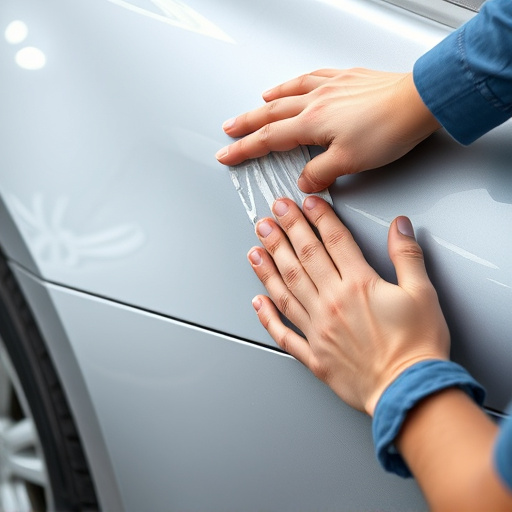
The human eye plays a pivotal role in vehicle color perception, as it interprets the light reflected off a car’s surface. This process involves complex interactions between light waves and our visual receptors. When light hits an object, such as a vehicle’s paintwork, certain wavelengths are absorbed while others are scattered or reflected back to our eyes. Our brains then interpret these signals, allowing us to perceive colors accurately. This natural phenomenon forms the foundation for achieving precise vehicle color matching during auto bodywork and collision repair center operations.
Understanding color theory is essential when dealing with vehicle paint repair. Different colors have unique properties, and their interactions can be manipulated to create specific visual effects. For instance, understanding how colors relate on the color wheel (a circular diagram representing hues) helps technicians mix paints accurately for a seamless match. This scientific approach ensures that when a vehicle undergoes repairs or refinishing, its new paint job aligns perfectly with the original color, enhancing the overall aesthetics and value of the vehicle.
– Importance of color standards and specifications
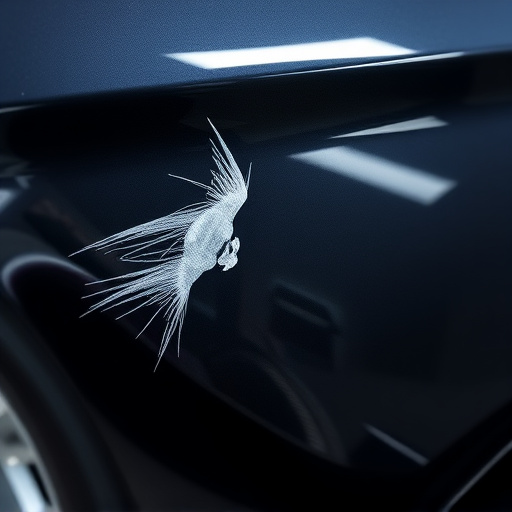
In the realm of vehicle color matching, adherence to strict color standards and specifications is paramount. These guidelines serve as a crucial foundation for achieving precise and consistent results in automotive repairs and refinishing. Whether it’s a mere dent repair on a Mercedes-Benz or a complete overhaul, understanding and following these standards ensures that the final product mirrors the original vehicle color seamlessly. This meticulous process involves not just the selection of accurate pigments but also the application techniques to prevent imperfections, ensuring a flawless finish.
Maintaining color consistency is particularly vital for car dent repair processes. Even minor repairs can significantly impact the overall aesthetic appeal of a vehicle if not executed with precision. Auto dent repair specialists must rely on these standards and specifications to match not just the color but also the texture and gloss level, making it nearly impossible to distinguish repaired areas from the original paint job. Thus, for both mercedes benz repair and auto dent repair professionals, adhering to color standards is a game-changer that ensures customer satisfaction and preserves the vehicle’s integrity.
Efficient vehicle color matching is not just an art but a precise science. By understanding the fundamentals of vehicle color spectra and adopting standardized practices, professionals can ensure accurate and consistent results. This, in turn, enhances customer satisfaction and streamlines the painting process, making it a vital aspect of any automotive workshop’s workflow. Implement these best practices to revolutionize your color matching game and set a new standard in the industry.

